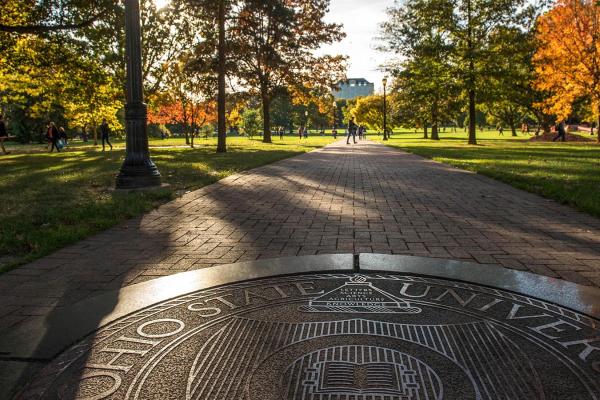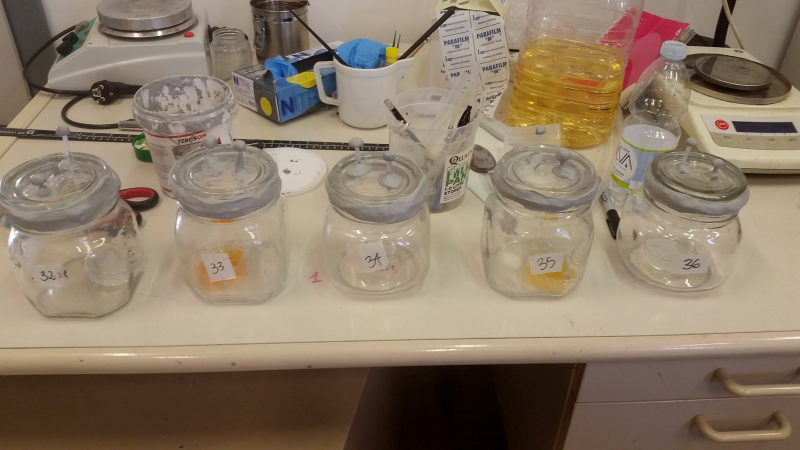Network! It May Lead to Amazing Adventures.

Research can feel isolating at times. There are many days I’ve felt alone in the lab, working by myself at the microscope. However, it is important to remember that research is not done in a bubble. One of my top pieces of research-related advice is to not be shy in networking and making new connections. These connections may ultimately prove fruitful in the end.
During his 2015 visit to Ohio State, I drove Stefano Mancuso of The University of Florence between the Ohio State campuses. Three years later I was performing research experiments at his lab. It came up in our initial conversations that his lab had a mass spectrometry system that could be useful in my dissertation projects. Over the next few years I continued to follow up on the idea of working with his research group for some of my experiments.
The International Laboratory of Plant Neurobiology (LINV, linv.org) at the University of Florence, headed by Dr. Mancuso, does an extensive amount of research on volatile compounds. In their mass spectrometry system, the Proton Transfer Reaction time-of-flight Mass Spectrometry (PTR-tof-MS), volatile compounds are protonated and putatively identified by mass. PTR-tof-MS has been used in systems from truffles (Vita et al, 2015) to apples (Farneti et al, 2015) to bacteria (Kuppusami et al, 2015) to diesel emissions (Moussa et al, 2016). Thus, the PTR-of-MS is also a good instrument to measure volatiles in my research system, isolates within the bacterial genus Pseudomonas. I worked with a team of researchers at LINV to assess the volatile profile of multiple Pseudomonas isolates under a variety of growth conditions. The results gleaned from this study may help elucidate the potential of bacterial volatiles in the biocontrol of plant pathogens.
In my month at LINV I met a fantastic research group, performed cool experiments, and learned a lot. The friendships I made though this experience will last a lifetime. I am amazed to think that this opportunity would likely not have been possible without that initial casual car conversation.

Figure 1. Bacteria samples ready for analysis with PTR-tof-MS
Written by TPS Fellow Rebecca Kimmelfield
References
Farneti et al, 2015 DOI: 10.1007/s11306-014-0696-0
Kuppusami et al, 2015 DOI: 10.1007/s11306-014-0692-4
Moussa et al, 2016 DOI: 10.1016/j.atmosenv.2016.01.050
Vita et al, 2015 DOI: 10.1038/srep12629
